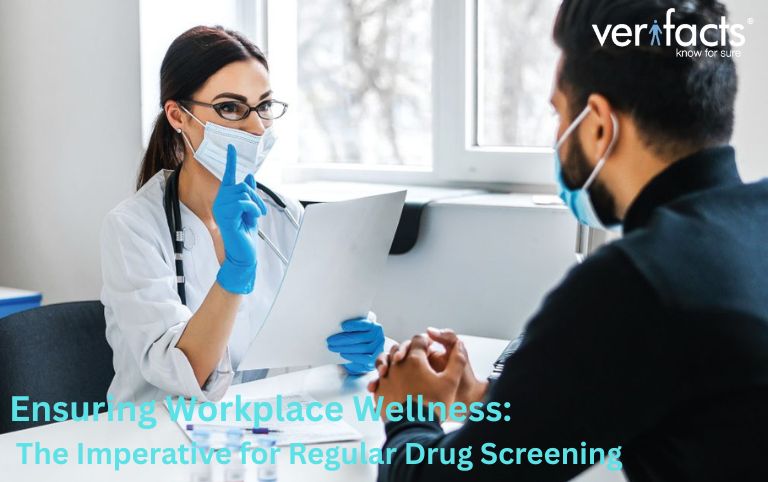
Mr. S****A, the HR Head of a promising startup, vividly recalls an incident that became a wake-up call for his organization. A manager reported that an employee had to be rushed for urgent medical attention. Upon closer examination, the employee appeared visibly distressed—his eyes were red, his body shaky, and he resisted seeking medical assistance. The truth soon emerged: he had consumed drugs during his lunch break. What was even more alarming was that this was not an isolated case. A group of employees had been indulging in drug use regularly, managing to escape detection for months. This incident highlighted the urgent need for routine drug abuse testing, not just in his organization, but across workplaces in India.
Drug abuse in India is not confined to isolated cases—it is a pressing national challenge. According to the Ministry of Social Justice and Empowerment’s report, Magnitude of Substance Use in India 2022, the statistics are staggering. Approximately 1.3 crore individuals use illegal cannabis, while 2.26 crores are dependent on opioids, including substances like opium and heroin. These numbers reflect a worrying upward trend compared to previous years. The most affected demographic is the 15–35 age group, which also constitutes a significant portion of the Indian workforce. For employers, this means that workplace substance abuse is not only possible but increasingly likely, posing risks to both productivity and organizational culture.
The repercussions of workplace drug abuse are severe and multifaceted. Employees who misuse substances often exhibit declining productivity, frequent absenteeism, impaired judgment, and poor decision-making. Such behaviors not only reduce efficiency but also increase the risk of workplace accidents and errors. Global studies reinforce these concerns. In the United States, for instance, employees who consume drugs are found to be three times more likely to be absent and face significantly higher accident rates compared to their non-using peers. For businesses, this translates into lost revenue, higher insurance premiums, reputational damage, and strained workplace morale.
Despite the risks, many Indian organizations remain hesitant to adopt drug screening. A few key reasons contribute to this reluctance:
-
❌ Fear of losing talent – Employers worry that implementing drug testing may discourage potential candidates.
-
❌ Perception issues – Substance abuse is often misclassified as a purely “personal problem” rather than an organizational risk.
-
❌ Awareness gaps – Many employers are simply unaware of the efficient, affordable, and confidential screening solutions available today.
As a result, unlike Western economies where workplace drug screening is standard, Indian businesses have yet to widely integrate these practices into their HR frameworks.
Certain industries in India, particularly BPOs and IT companies, have taken proactive steps by incorporating drug testing in their hiring and monitoring processes. The availability of simple, effective tests—such as urine, hair, or blood analysis—has made implementation more feasible. Modern laboratories ensure quick results, transparency, and confidentiality within the boundaries of legal compliance. Organizations like Verifacts partner with accredited labs to design end-to-end screening programs, identify process gaps, and advocate for continuous and randomized testing. Such initiatives not only detect substance abuse but also act as a preventive deterrent for employees.
The advantages of routine drug screening extend beyond employee safety—they also make strong business sense. A landmark study by the United States Postal Service revealed that organizations implementing pre-employment drug testing witnessed a sharp reduction in absenteeism along with substantial cost savings. Regular testing intervals, combined with robust reporting and awareness initiatives, create a culture of accountability and health consciousness. Over time, this fosters not just compliance but a safer, more productive, and more engaged workforce.
In today’s competitive and evolving workforce, drug abuse poses one of the most serious hidden risks for employers. Routine drug screening—when integrated into pre-hiring and post-hiring processes—acts as a powerful deterrent, discouraging individuals from indulging in harmful practices. Beyond testing, companies must complement these measures with awareness sessions, counseling support, and psychotherapy initiatives to create an environment where employees feel supported rather than penalized.
✅ By adopting a balanced approach combining prevention, detection, and rehabilitation, employers can ensure safer workplaces, healthier employees, and sustainable productivity. In the long run, the investment in drug abuse prevention not only protects organizational integrity but also contributes to building a more responsible and resilient workforce for India’s future. 🌐💼

